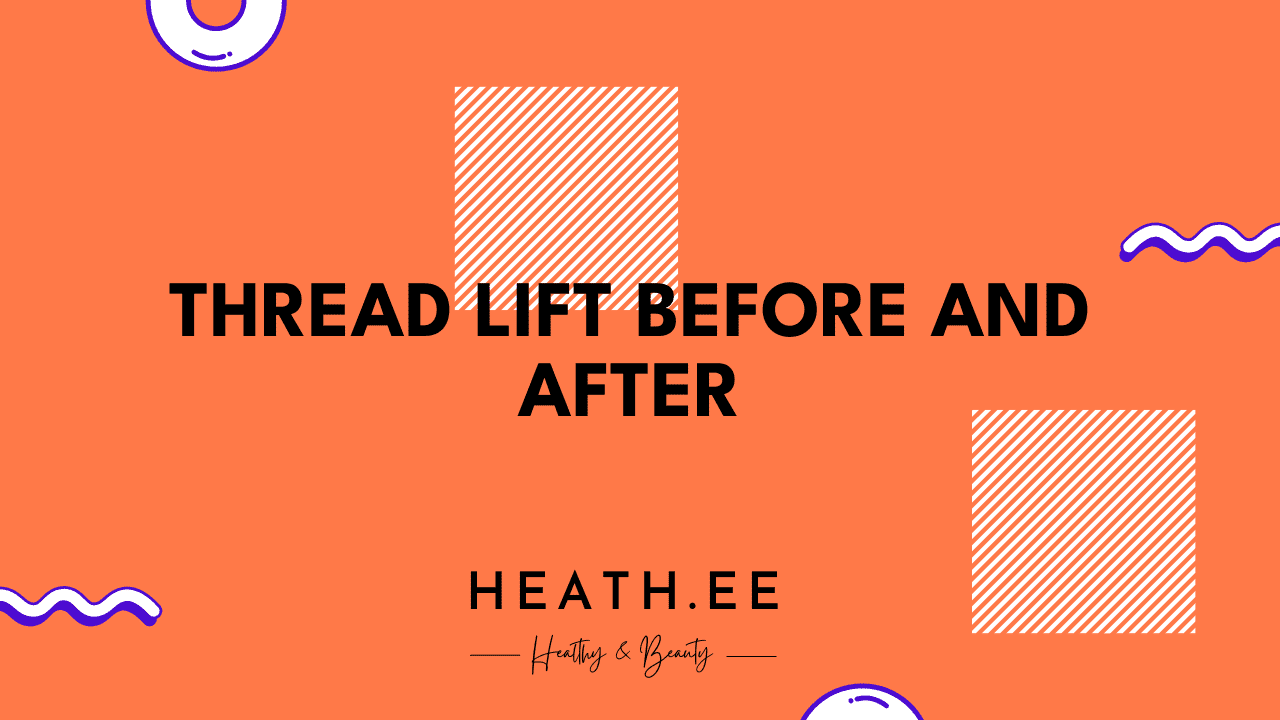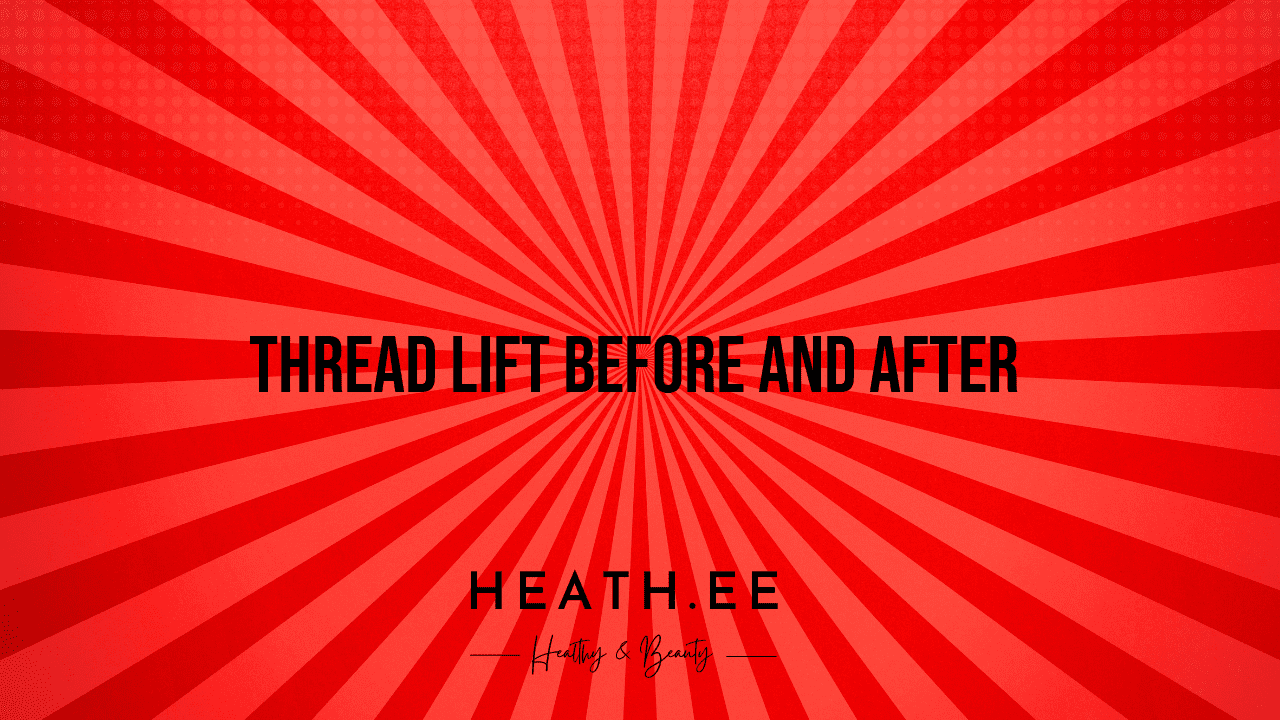Thread lifts are a type of cosmetic procedure that can help reduce the signs of aging and give you a more youthful appearance. This minimally invasive procedure has become increasingly popular as a way to turn back the clock without the need for surgery. But before you decide to get a thread lift, it’s important to understand what it is, what it can do for you, and what the results will look like. Here, we’ll explore thread lift before and after to give you a better idea of what to expect from the procedure.
What is a Thread Lift?
A thread lift is a non-surgical procedure that uses dissolvable sutures to lift and tighten the skin. The sutures are inserted beneath the skin and act as a scaffold to lift and support the facial tissues. This can help reduce the appearance of wrinkles and sagging skin, and give the face a more youthful look.
The procedure is relatively quick and can be completed in less than an hour. It’s also less expensive than other cosmetic procedures, such as a facelift.

What are the Benefits of a Thread Lift?
A thread lift can help reduce the signs of aging, such as wrinkles and sagging skin. It can also help give the face a more contoured and defined look.
The procedure is also less invasive than a facelift, which means there is less risk of complications and a faster recovery time. It also requires less downtime, with most people returning to their normal activities within a few days.
What to Expect During a Thread Lift
Before the procedure, your doctor will apply a local anesthetic to numb the area. Then, the sutures will be inserted beneath the skin. The sutures are made of a special material that will dissolve over time.
The procedure is relatively quick, and most people are able to return to their normal activities within a few days.

What is the Recovery Like?
The recovery from a thread lift is relatively short. Most people are able to return to their normal activities within a few days. However, it’s important to follow your doctor’s instructions to ensure a smooth recovery.
You may experience some swelling and bruising, but this should subside within a few days. Your doctor may also recommend that you avoid strenuous activities for the first few days after the procedure.
Thread Lift Before and After
It’s important to understand that thread lifts are not a permanent solution for wrinkles and sagging skin. The results of a thread lift will typically last for about a year or two, after which time the sutures will dissolve and the skin will return to its pre-procedure state.
However, the results of a thread lift can be dramatic. After the procedure, the skin will appear smoother and more contoured, and the wrinkles and sagging skin will be reduced.
Are There Any Risks or Side Effects?
As with any type of medical procedure, there are some risks associated with a thread lift. These include infection, scarring, and nerve damage.
Your doctor will discuss the risks and side effects with you before the procedure. It’s important to follow your doctor’s instructions to minimize the risk of complications.
Is a Thread Lift Right for Me?
A thread lift can be a great way to reduce the signs of aging and give your face a more youthful look. However, it’s important to understand that the results are not permanent and that the procedure is not suitable for everyone.
If you’re considering a thread lift, it’s important to discuss your options with your doctor. They’ll be able to advise you on whether the procedure is right for you and what the results will look like.
The Bottom Line
A thread lift can be a great way to reduce the signs of aging and give your face a more youthful look. The procedure is relatively quick and easy, and the recovery time is short. However, it’s important to understand that the results are not permanent and that the procedure is not suitable for everyone. If you’re considering a thread lift, it’s important to discuss your options with your doctor.



